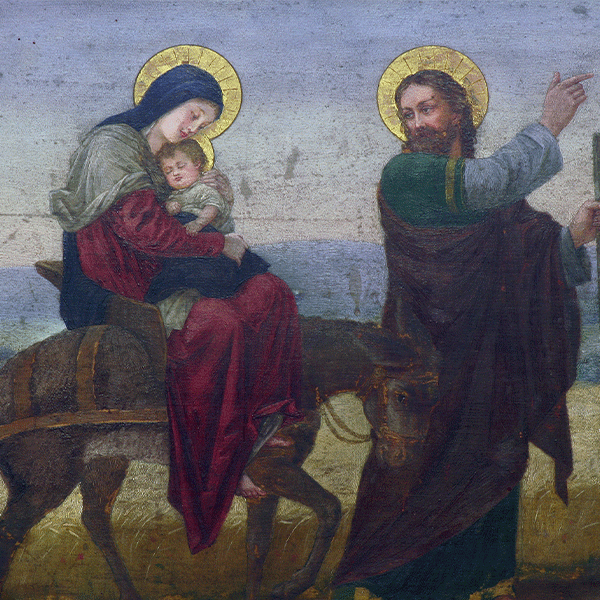Does Anyone Read Printed Catholic Church Materials Anymore?

You may have heard the claim that print media has gone the way of the dinosaur. Clickbait article headlines love to spotlight statistics about diminishing returns for newspapers, shrinking publishing practices, and the average consumer’s dwindling attention span.
Before you plan for a paperless future at your parish, remember that’s only half the story!
Sure, digital content is surging to prominence in every medium, from newspapers and books to church bulletins. And while your parish is likely — and rightly — putting a high priority on effective digital communication, don’t make the mistake of forgetting about printed materials entirely when it comes to communication at your Catholic church.
Think of the apostles and the gift of the Holy Spirit that enabled them to communicate with different populations. In that same way, parishes must be able to communicate the same message across all platforms, digital and print alike.
When it comes to ministry, the question of print vs. digital isn’t an either/or dilemma — it’s a both/and solution. Here are four reasons that print remains an integral component of your parish communication plan, even while you prioritize digital outreach.
Your parish bulletin is an institution.
LPi’s research shows that 97% of Catholic parish bulletins are taken home every week , while 85% of parishioners report hanging on to old issues. The Catholic parish bulletin is more than just a flyer or a handout — it’s an institution! It’s a relationship you can hold in your hands, pin to your bulletin board, dive into in the morning coffee line and even save for posterity. It is less easily ignored, skimmed, discarded or “clicked off of” than its digital counterpart.
Printed bulletins reach your demographics.
Your methods of communication have to be as varied as the backgrounds and circumstances of your parishioners. Forgetting about the potential of print communication can essentially mean forgetting about a large demographic of church-going adults. While millennials, Gen Z, and even Gen X a re smartphone-savvy and accustomed to consuming digital publications, studies show that younger generations sometimes favor reading printed materials and trust print publications more than digital media. Their grandparents who grew up without digital landscapes, also appreciate the longevity and reliability of a print piece.
Print communications still have power.
Even though digital avenues of advertising are increasing in popularity, print hasn’t given up the hold it has on our collective consciousness. Research shows that print advertising is associated with stronger consumer retention and action, and when it comes to reading books, the preference for print is much stronger than the preference for digital.
Digital comms can only do so much.
We all came to understand a strange paradox during the era of live streaming Mass at the pandemic’s onset: digital relationships can connect people who are separated by a thousand miles, but they are not able to truly bring them together . After all, there is a reason we must be present in-person to receive the sacraments. There is a reason that gathering in community for the sacrifice of the Mass is preferable to watching it on television. There is a certain sacredness to the physical that is reflected by print media in a way that digital media alone cannot replicate.
Need help printing your parish's bulletin and want an EASY way to to have both a print and digital bulletin for your community? Check out LPi's bulletin services. We offer print and digital bulletins at no cost to your parish by partnering with local advertisers to cover your printing costs! Get started today!
Want more blog content to inspire your parish staff? Check out the
"Parish Life" section of LPi's weekly blog!
Updated 10-24-2025




